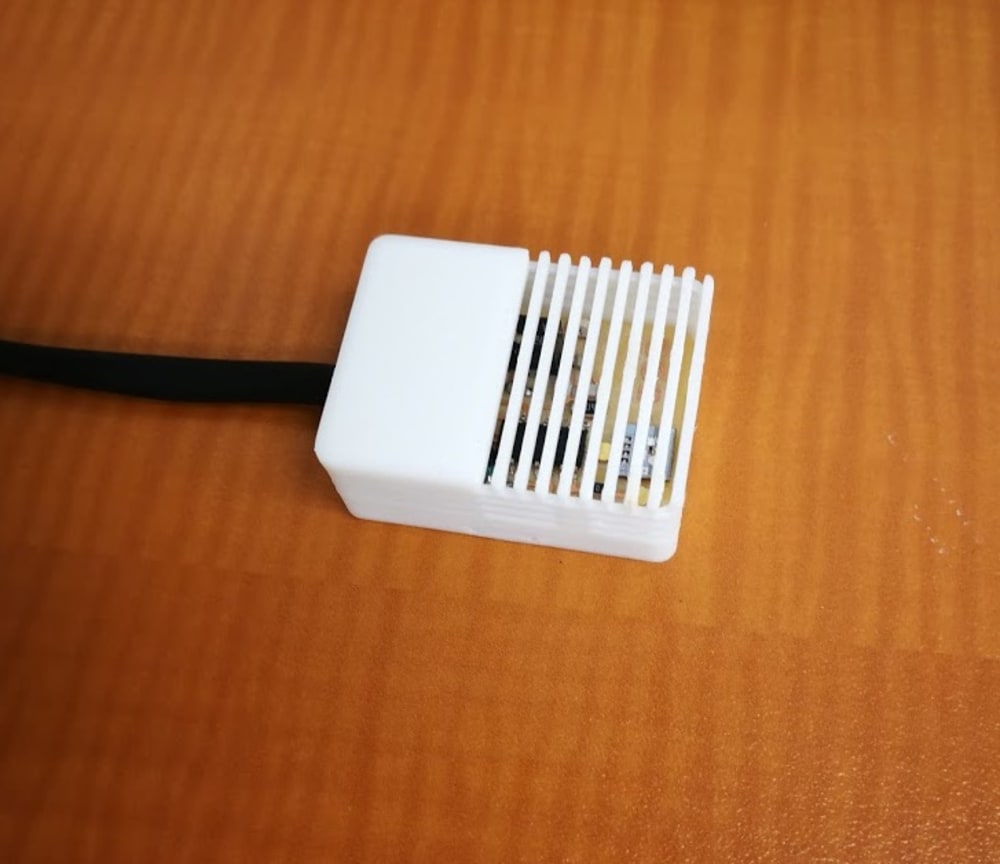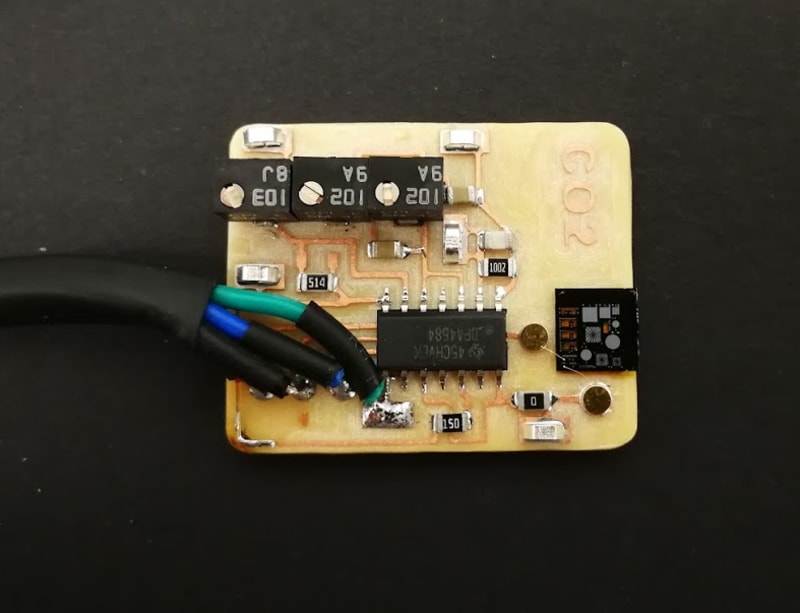
Micro-mass sensors can be used for the detection of gases, organic cells, viruses and bacteria in a system. With today's growing need for immediate detection of viruses such as COVID-19, micro-mass sensors have become a viable and attractive option. As a demonstration of the capabilities of this sensor, an operational model has been developed for CO2 molecules, being the same system that could be used for other types of applications.
The microfabrication process used to the development of this systems opens new opportunities for the development of highly integrated microsensors, with lower energy consumption, footprint, and fabrication costs than the current technology.
The final product can be considered as a preindustrial product that with a few adaptions can be considered as a commercial system. The development of this sensor is focused on the measuring of CO2 due to the security and stability of this gas, but the same system can be applied to different gases, only replacing the type of coating; also, it can be used to measure molecules in liquids.
The microsensors for mass measurement used for gas concentration have applications in the industrial sector for process gas sensors. In meteorological systems the measurement of humidity, CO2 and oxygen levels are applications where the developed sensor offers alternatives to current systems.
In the biomedical sector, the measurement of glucose and the detection of molecules in saliva or blood are potential applications that have been demonstrated in other works carried out with the same technology. In hospitals it can be applied to detect the presence of infectious agents that commonly become sources of mass contamination.
The reaction time and sensitivity offered by these types of sensors allow them to be used in military applications that require the identification of pollutants or toxic agents in the air, where additionally energy consumption is a critical factor to be considered.
A regenerative micro-resonator-based CO2 sensor with a low-power (8.15 mW) consumption was developed. Linear Polyethylenimine as adsorbent layer was deposited onto the resonator for the capture and measurement of the CO2 concentration in the air, by monitoring the close-loop resonant frequency shift caused by the addition of mass during the CO2 capture.
The trapezoidal single supported beam micro-resonator used has a resonant frequency of 320 kHz with a Q factor of >1051 in air at atmospheric pressure. The fully sensor integration includes the micro-resonator excited with a sustaining amplifier that consumes 8.15 mW. The capture and release times are characterized to be as low as 165 seconds and 275 seconds, respectively. The capabilities of the MEMS sensor are contrasted to that of a commercial CO2 optical sensor (Illustration 3).
The sensor characterization shows a linearity in terms of the volume of molecules captured in relation to the CO2 concentration which defines the response obtained linearly in the evaluated range of 0 to 10,000 ppm of CO2 in the air. The recovery of the sensor does not show wear after each cycle performed so the sensor has a long operating life.
-
Awards
-
 2020 Top 100 Entries
2020 Top 100 Entries
Like this entry?
-
About the Entrant
- Name:Alberto Prud Homme
- Type of entry:individual
- Software used for this entry:COMSOL, Solidworks, CADENCE, MATLAB/Simulink
- Patent status:none








